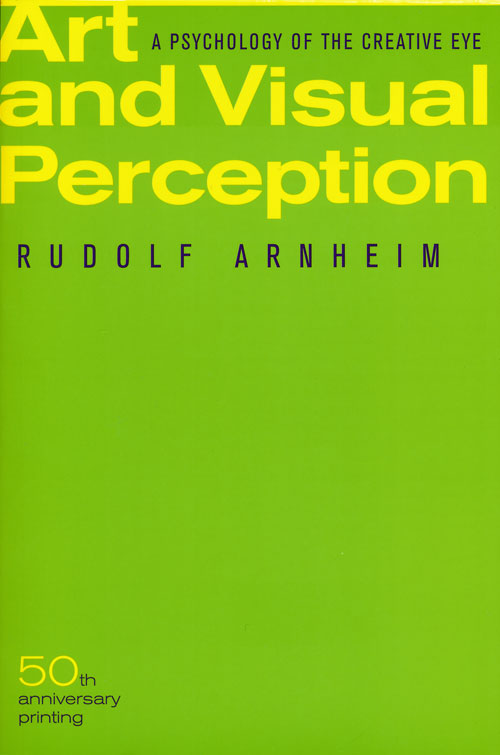Alex Potts: Flesh and the Ideal: Winckelmann and the Origins of Art History (1994)
Filed under book | Tags: · antiquity, archaeology, art, art history, art theory, biography, enlightenment, sculpture

“Johann Joachim Winckelmann (1717-1768), one of the most important figures ever to have written about art, is considered by many to be the father of modern art history. This book is an intellectual biography of Winckelmann that discusses his magnum opus, History of the Art of Antiquity, in the context of his life and work in Germany and in Rome in the eighteenth century.
Alex Potts analyzes Winckelmann’s eloquent account of the aesthetic and imaginative Greek ideal in art, an account that focuses on the political and homoerotic sexual content that gave the antique ideal male nude its larger resonance. He shows how Winckelmann’s writing reflects the well-known preoccupations and values of Enlightenment culture as well as a darker aspect of Enlightenment ideals–such as the fantasy of a completely free sovereign subjectivity associated with Greek art. Potts explores how Winckelmann’s historical perspective on the art of antiquity both prefigures and undermines the more strictly historicizing views put forward in the nineteenth century and how his systematic definition of style and historical development casts a new light on the present-day understanding of these notions. According to Potts, Winckelmann goes well beyond the simple rationalist art history and Neoclassical art theory with which he is usually associated. Rather, he often seems to speak directly to our present awareness of the discomforting ideological and psychic contradictions inherent in supposedly ideal symbolic forms.”
Publisher Yale University Press, 1994
ISBN 0300087365, 9780300058130
302 pages
via satranc112
Reviews: Christopher Reed (Journal of the History of Sexuality, 1996)
Dorothy Johnson (Eighteenth-Century Studies, 1996)
PDF (27 MB)
Comment (0)Rudolf Arnheim: Art and Visual Perception (1954–) [EN, RU, PL, RO, ES, BR-PT]
Filed under book | Tags: · architecture, art theory, colour, kinesthesia, light, movement, music, painting, perception, perspective, physiology, psychology, sculpture

“Since its publication in 1954, this work has established itself as a classic. It casts the visual process in psychological terms and describes the creative way one’s eye organizes visual material according to specific psychological premises. In 1974 this book was revised and expanded, and since then it has continued to burnish Rudolf Arnheim’s reputation as a groundbreaking theoretician in the fields of art and psychology.”
Publisher University of California Press, 1954
Expanded and revised edition, 1974
ISBN 0520243838
508 pages
Interview with the author (Uta Grundmann, Cabinet, 2001)
Publisher (EN)
Art and Visual Perception (English, 1954/1974, 26 MB)
Iskusstvo i vizualnoe vospriyatie (Russian, trans. V.N. Samokhin, 1974/2000, DJVU, no OCR)
Sztuka i percepcja wzrokowa (Polish, trans. Jolanta Mach, 1978, 24 MB, no OCR, via nuitienne)
Arta si perceptia vizuala (Romanian, trans. Florin Ionescu, 1979, 35 MB, no OCR, via)
Arte y percepción visual (Spanish, trans. María Luisa Balseiro, 1979/1997, 43 MB)
Arte e percepção visual (Brazilian Portuguese, trans. Ivonne Terezinha de Faria, 1980/2005)
André Malraux: The Voices of Silence (1951–)
Filed under book | Tags: · art history, art theory, museum, painting, philosophy of art, photography, sculpture

“This is not a history of art, but a work on the sculptor’s and painter’s arts of the world by a passionate art lover. The organization is by ideas; the illustrations are drawn from all peoples, countries, and times. Each picture is placed within a page or two of its discussion in the text. As an idea develops, the places and periods of its illustrations wander. The coherence is an inward one, not one of objective order.
Malraux starts from the premise that with the broadening of our knowledge of the world, and especially by the aid of archeology and photography, the many visual arts developed by the human race in its history are now mainly known and accessible. They are as it were in one grand museum without walls–the museum of our cognizance.
Further, they are known to many creative artists, and will be known to more, and will influence them. In other words, the situation no longer exists which has characterized the appearance of most arts heretofore, namely of growing up insulated, in regional solitude and self-sufficiency. From now on, the history of human visual art will be of a new order.
Another idea Malraux develops is that while painting and sculpture do represent objects, the artist, contrary to legend and public opinion, develops his work out of his ability to see–not nature, but his predecessors, and to transcend them. Style is thus a social phenomenon, an interrelation of men through their works.” (from a review by A.L. Kroeber, American Anthropologist, 1957)
Originally published in 3 volumes as Psychologie de l’art, 1947-49, the work had been thoroughly rewritten and published as Les Voix du silence, Gallimard, 1951.
Translated by Stuart Gilbert
First published in English by Doubleday, 1953
Reprinted by Secker & Warburg, London, 1954, 661 pages
Publisher Paladin, UK, 1974, 679 pages
Reviews: Maurice Blanchot (1950/1997), William Barrett (Saturday Review, 1953).
PDF (1954, 44 MB, no OCR, IA, added on 2023-5-3)
PDF (1974, 81 MB, no OCR)

